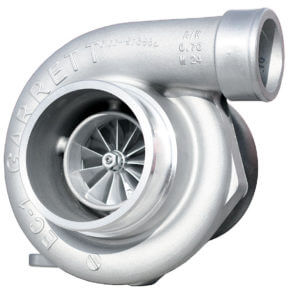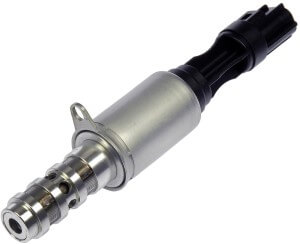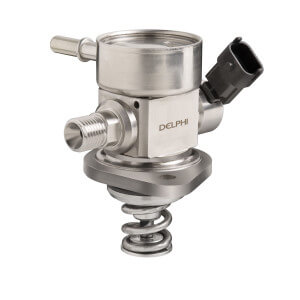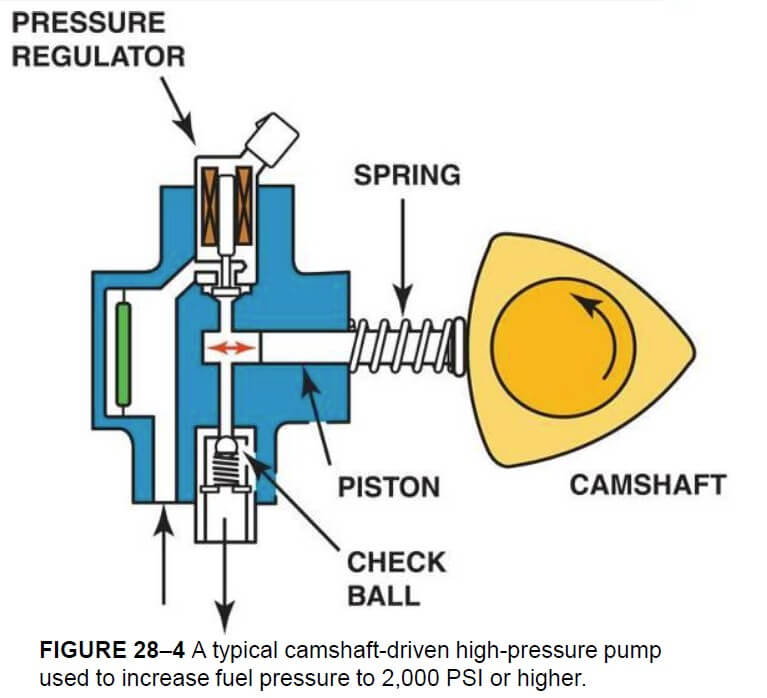longer oil change intervals with synthetic oil
Can I go longer between oil changes with synthetic oil
Everybody’s an expert when it comes to telling you that you automatically get longer oil change intervals with synthetic oil. Everyone says synthetic oil lasts longer. Ah, not so fast. First, your owner’s manual lists oil change requirements for your vehicle and if you read the definition of normal and severe driving, you’ll find that you probably fit into the severe category. Then, if you refer to your maintenance schedule you’ll see that the oil change intervals for severe driving are almost half of what they are for normal driving.
Think you can automatically extend oil change intervals simply by switching to synthetic? Think again. Read this latest Toyota service bulletin
So it should be dawning on you that oil life is determined as much by HOW you drive as how many miles you put on between oil changes. These days it’s more important than ever to follow the car maker’s oil change intervals and not some knuckleheads’ generic advice from the Internet.
Here’s what at stake when you extend oil change intervals with synthetic oil beyond the car makers recommendations.
If you car has a turbo: Turbos run very hot and are

A turbo charger runs hot and can degrade oil faster. If you have a turbo, don’t go beyond the car maker’s oil change recommendations
much harder on oil than non-turbo engines. One car maker requires oil changes at 3,500 miles even with synthetic oil. Think the engineers are kidding? You won’t be laughing when you get the bill for a toasted turbo. Extending oil changes can easily cost you thousands.
If your car has variable valve timing: Variable valve timing works with a hydraulic actuator that rotates the camshaft to advance or retard timing. The hydraulic mechanism is activated by a solenoid controlled “phaser.” The solenoid

New cam phaser
get electrical pulses from the PCM and quickly opens and closes oil passages to the hydraulic mechanism. To prevent binding, phasers are equipped with a filtering screen. The #1 cause of phaser failure is a clogged screen due to extending oil changes intervals beyond the car makers recommendations. By the time you pay for the diagnostic, parts, and labor, you’re looking at around $400, just because you decided to second guess the engineers and go longer between oil changes.
If your car has gasoline direct injection: DI vehicles

High pressure fuel pump
have two fuel pumps. An electric pump sits in the gas tank and delivers high volume low pressure fuel to the high pressure pump. The high pressure pump is mechanical and it operated by triangular lobes on the camshaft. A high pressure fuel pump outputs fuel at up to 2,000-psi. Shops are seeing failures already from owners who have gone too far on oil changes or have used the wrong oil. And it’s not just a matter of replacing the fuel pump. If the damage is too great, you have to replace the camshafts as well. Again, you’re talking thousands.

High pressure fuel pump and camshaft lobe wear
If you drive an older car without VVT, turbo, or DI: Chances are your older engine is either leaking or burning oil. Most drivers never check their oil level between changes. An older engine can easily burn 1-quart of oil in 3,000 miles. If you run the engine when it’s low on oil, you stress the remaining oil and DRAMATICALLY reduce its useful life—even if its synthetic. Synthetic oil is far more stable than conventional oil, but when you add in the effects of blow-by, along with extra heat from running 1-quart low, synthetic oil burns up additives almost as fast as conventional oil.
For other oil-related posts, click here
For an updated post on engine oil life, read this
© 2015 Rick Muscoplat
Posted on by Rick Muscoplat
